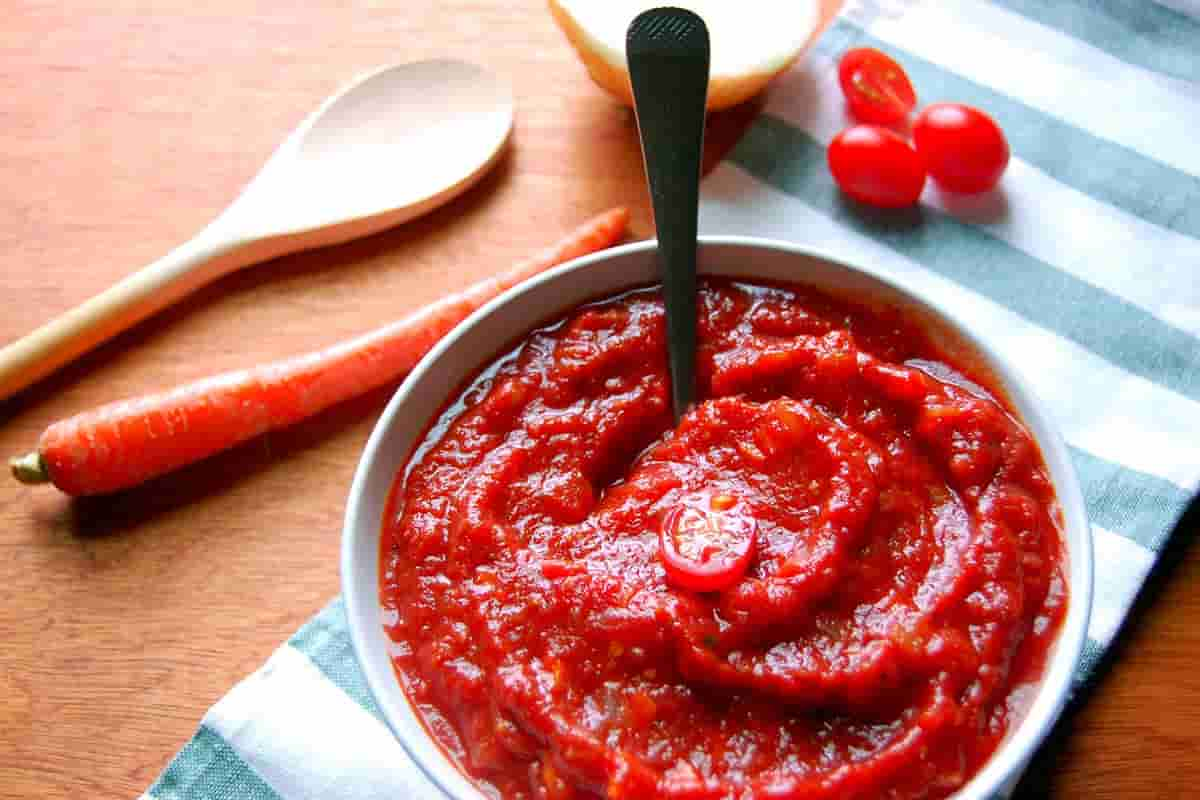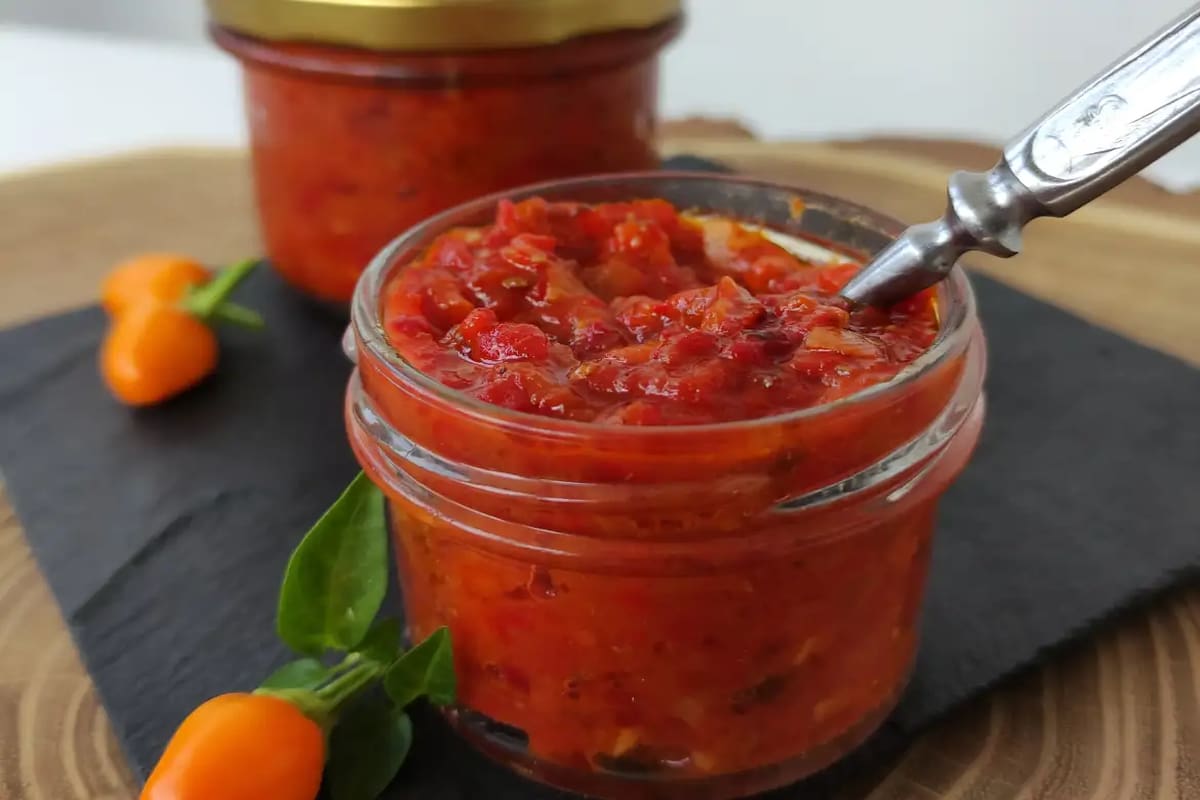As a person interested in cooking various delicious foods, you need to get familiar with the uses of tomato-based products like tomato paste because they are commonly used in many recipes.
It doesn’t matter if you got a great deal on a case of tomato paste and you’re trying to use it up or if you’re in the middle of cooking a dish and discover there’s no tomato puree in the pantry; you can use tomato paste as a substitute by simply adding a little water to it.
This is true in both scenarios. Tomato paste and tomato puree typically just comprise Roma tomato puree and citric acid; but, because tomato paste is boiled for a longer period of time, it has a much higher concentration of solids. Tomato sauce, on the other hand, is more watery and has a wider range of herbs and spices mixed into it.
According to the Food and Drug Administration of the United States, tomato paste should have a concentration of tomato soluble solids of at least 24 percent, while tomato puree should have a concentration of between 8 and 24 percent of tomato soluble solids.
These tomato concentrates are made of tomatoes and the juice extracted from them; however, the seeds, peel, and any other components that are not tomato-based have been removed.
Tomato paste and tomato puree both have the potential to include ingredients such as salt, lemon juice, sodium bicarbonate, water, spices, and flavorings; however, the majority of processors just use Roma tomatoes and citric acid in their products.
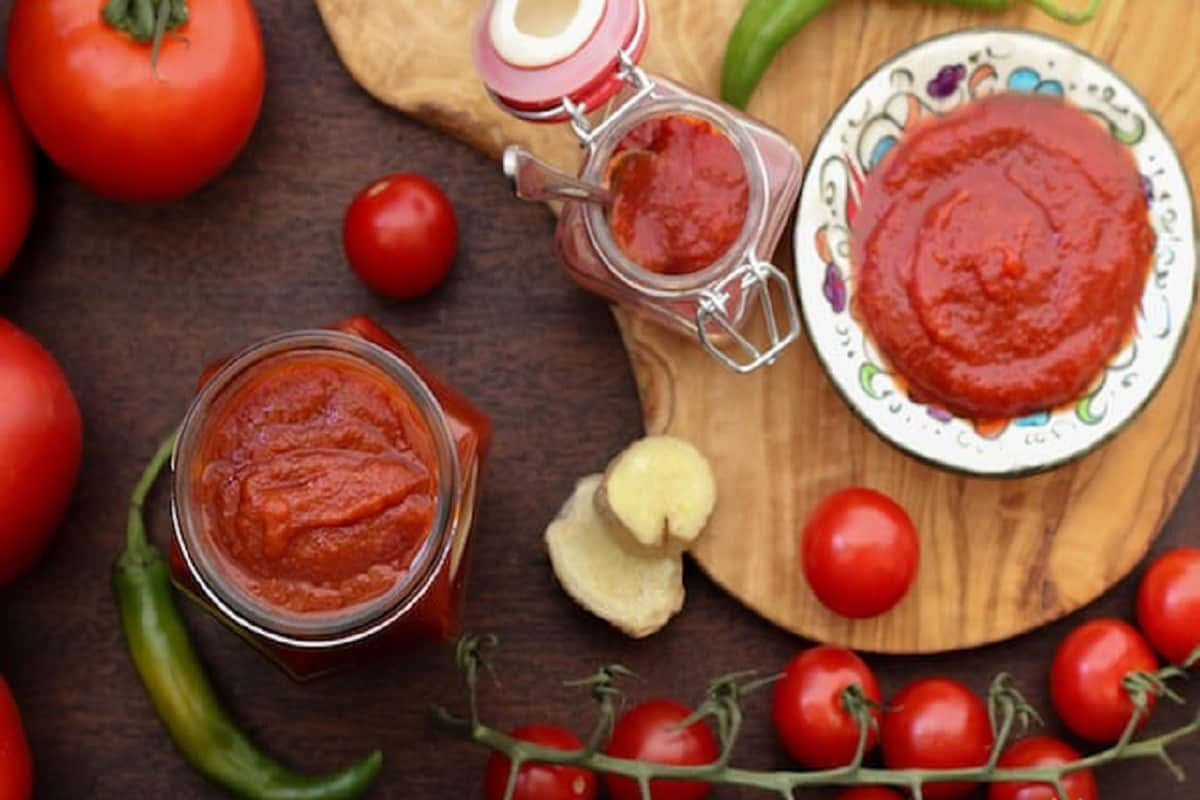
Even while you can easily find tomato puree at the supermarket, it does not always make sense to pause what you are doing in the kitchen in order to sprint out and get a can or two. Even if you just have tomato paste on hand but really need tomato puree, there is still a way to get what you need. A can of tomato paste can be used as a stand-in for tomato puree if the consistency is adjusted appropriately.
Turn the screw on the jar of tomato paste. Take between a quarter and a third of a cup of the paste, and combine it with three-quarters of a cup of water. Simply heating a tiny bit of oil and adding the puree can cover up any metallic taste. Additionally, onion, garlic, or other spices may be added to the mixture at this point. Continue to cook for a few minutes. Replace the tomato puree with the paste and water mixture in a ratio of one part paste to one part water.
Make puree out of canned tomatoes by using them.
You can get similar results with other tomato products in place of tomato puree. To start, crack open a can of tomatoes and add them to the blender in any form you like: whole, crushed or diced. Combine the tomatoes and liquid in a blender and process until smooth. The seeds and any pieces of skin can be strained out of the puree by passing it through a strainer. If the combined mixture is not quite thick enough, transfer it to a saucepan and cook it over low heat, stirring occasionally, until it is the desired consistency. Regular stirring will prevent the ingredients from becoming scorched.
Produce Your Own Homemade Tomato Puree!
You may prepare your own tomato puree if you have an excess of fresh tomatoes. All you need is a food processor. When making puree at home, you can use any type of tomato you like, even though commercial and home canners typically use plum tomatoes like Romas. However, if you want to produce your own puree, you should use cherry tomatoes instead. First, give your tomatoes a good washing, and then cut off the stem end. Cut a “X” on the bottom of each tomato to make them easy to peel.
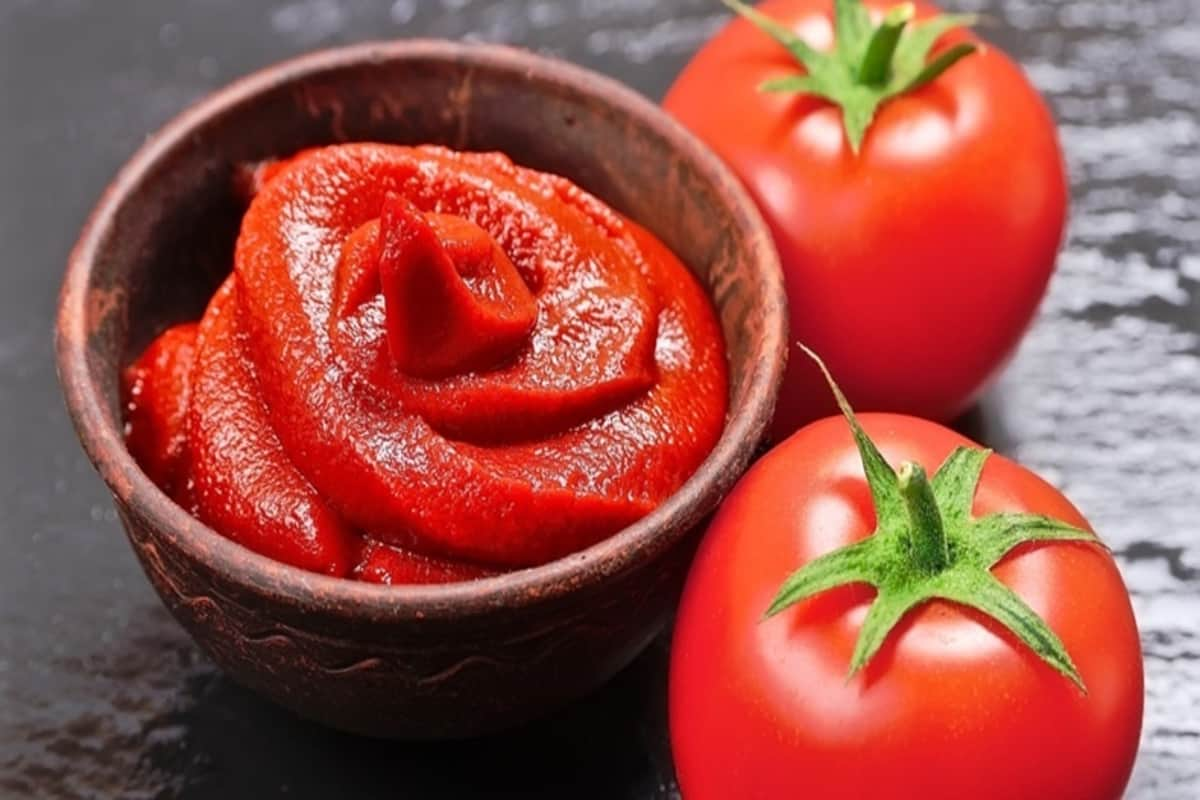
Prepare the water by filling a large saucepan with it and bringing it to a boil. Place the tomatoes in the water that is boiling by using tongs. Prepared for a minimum of 5 minutes and a maximum of 15 minutes in the oven. Take the tomatoes out of the water that is boiling and place them into a bowl that contains ice water.
When the tomatoes have cooled down and the skin has broken, you may then peel them. At this stage, you have the option of either slicing the tomatoes into quarters and removing the seeds now or waiting until after you have pureed the tomatoes and using a strainer to remove the seeds from the puree. Place the tomatoes, either seeded or unseeded, into the container of your blender or food processor. Make a puree out of the tomatoes.
In order to enhance the flavor and lengthen the shelf life of the puree, add one-half cup of vinegar, one-half cup of sugar, and one tablespoon of salt for every two pounds of fresh tomatoes. After bringing the puree to a boil in a big saucepan, reduce the heat to a simmer for at least half an hour and up to an hour. When the tomato puree has reached the desired consistency, you have many options: you may use it in the recipe, you can pour it into smaller containers to store in the refrigerator or freezer, or you can pour it into canning jars and process them in a hot water bath.
Choosing Between Tomato Puree and Sauce
Tomato sauce, on the other hand, typically has additional water added to it and is cooked for a longer period of time than tomato puree does. The consistency is more similar to that of liquid than that of puree. It is also possible for it to include a wide variety of other components, such as water, salt, sugar, onion, and garlic, as well as various Mexican or Italian herbs and spices. You can make a substitute for tomato sauce by diluting tomato puree with water and adding spices to the mixture.
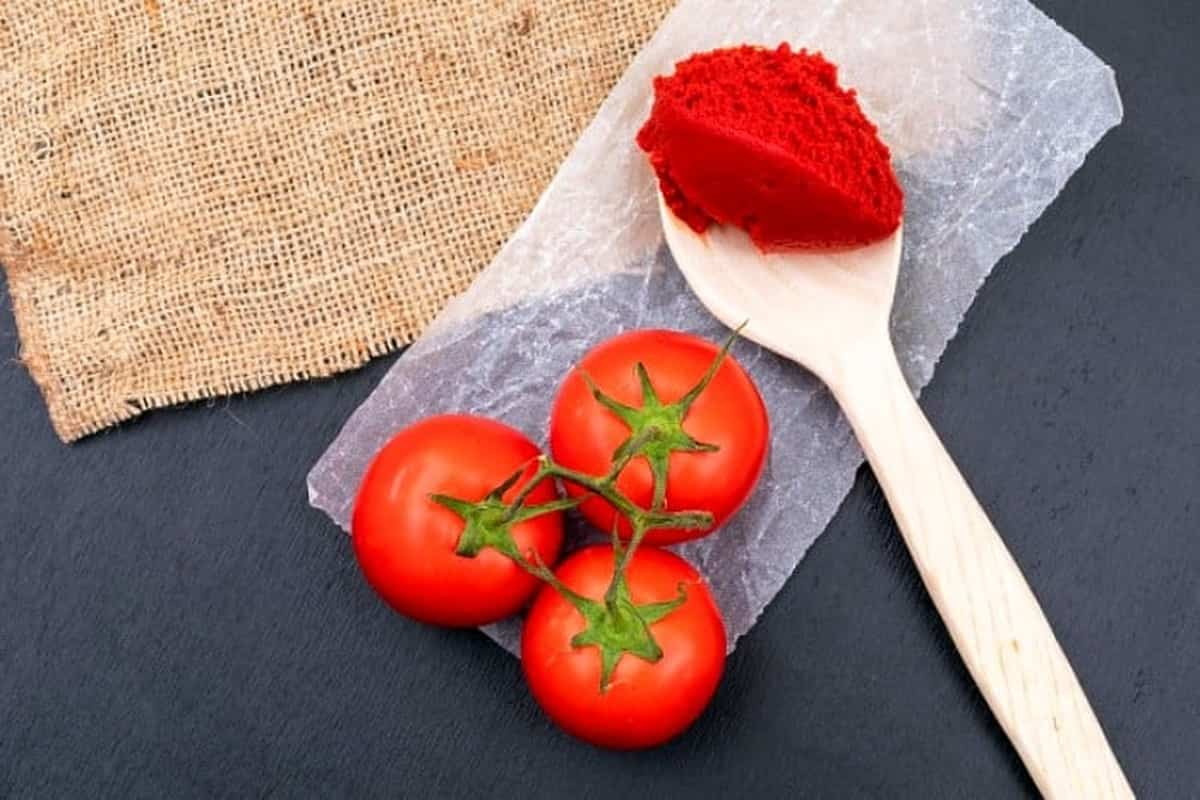
HOW TO MAKE TOMATO PASTE STEP 1: COMBINE THE INGREDIENTS
If you want to turn a half cup of tomato sauce or puree into tomato paste, you need to add one teaspoon of soy sauce (or a dash of ordinary salt), one teaspoon of sugar, and one teaspoon of olive oil for every half cup of tomato sauce or puree. Combine everything by stirring it in a saucepan or a small pot.
COOK THE TOMATO PASTE AS THE SECOND STEP
Put the mixture in a pot and cook it over medium heat, turning it frequently, until steam starts to come out of it. As the water evaporates, the sauce will become thicker, and it may have a tendency to stick to the bottom of the pan. To prevent this from happening, reduce the heat to a low setting, and continue stirring the sauce until it takes on the consistency of a paste.
STORE THE TOMATO PASTE AS THE NEXT STEP
Take the tomato paste off the fire once it has reached the desired consistency and has developed a flavor that is very concentrated in the tomato. You have the option of putting it away for later use or using it right away in the dish you’re preparing.



